History of Cap d'Ail
Early Developments
The history of Cap d’Ail is unique: originally a wild coastal strip belonging to the rural commune of La Turbie until the 1880s, this area experienced an extraordinary transformation in just a few decades. It became a highly sought-after seaside resort, home to sumptuous villas, a train station, and even a horse-drawn carriage service.
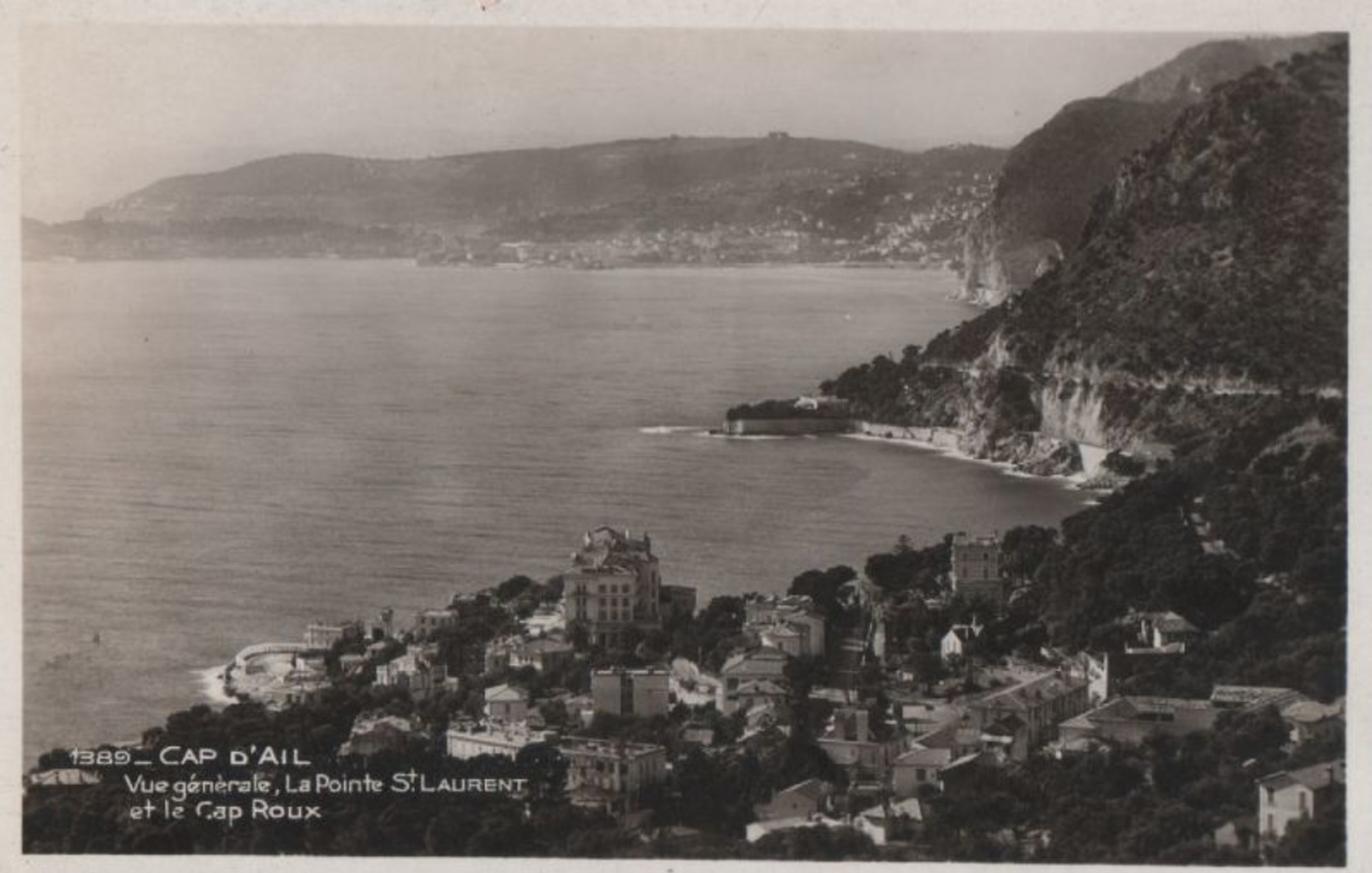
Cap d'Ail – Belle Époque Villas
The town is renowned for its stunning Belle Époque villas, which attracted many celebrities and prominent figures in the early 20th century.
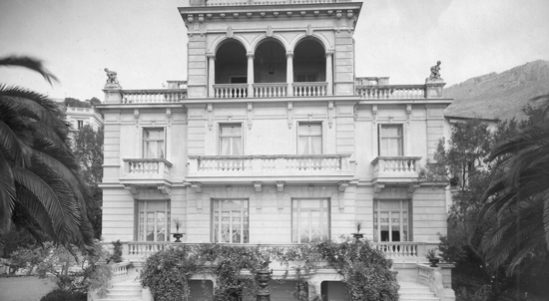
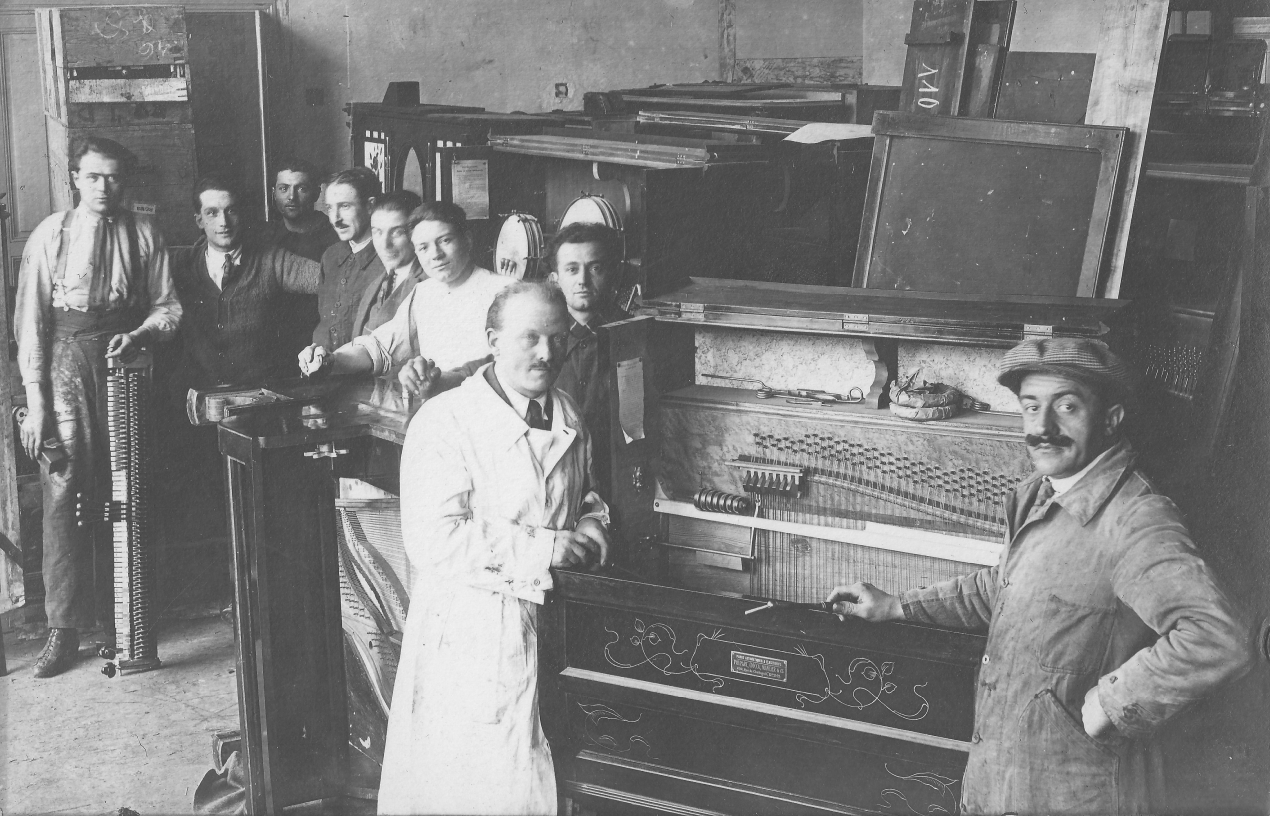
Economic Boom
Alongside the major construction projects in the rapidly developing neighboring Principality of Monaco, this tourism boom stimulated the local economy. A variety of businesses flourished, including shops and artisan workshops, hotels, restaurants, bars, a pigeon shooting range, large-scale laundries, dairies, gas and electric factories.
Meanwhile, working-class populations settled in modest housing in the steep neighborhoods of Salines and Saint-Antoine, located east and north of the seaside districts.
To Discover at the Museum
Pneumatic Piano
A dedicated music space highlights Cap d’Ail’s musical heritage, once a widespread practice. Before becoming Mayor of Cap d’Ail and launching a real estate business in 1926, Raymond Gramaglia worked in a mechanical piano factory in Nice and composed music scores for them. His equipment, scores, and mechanical piano rolls are displayed in the villa.
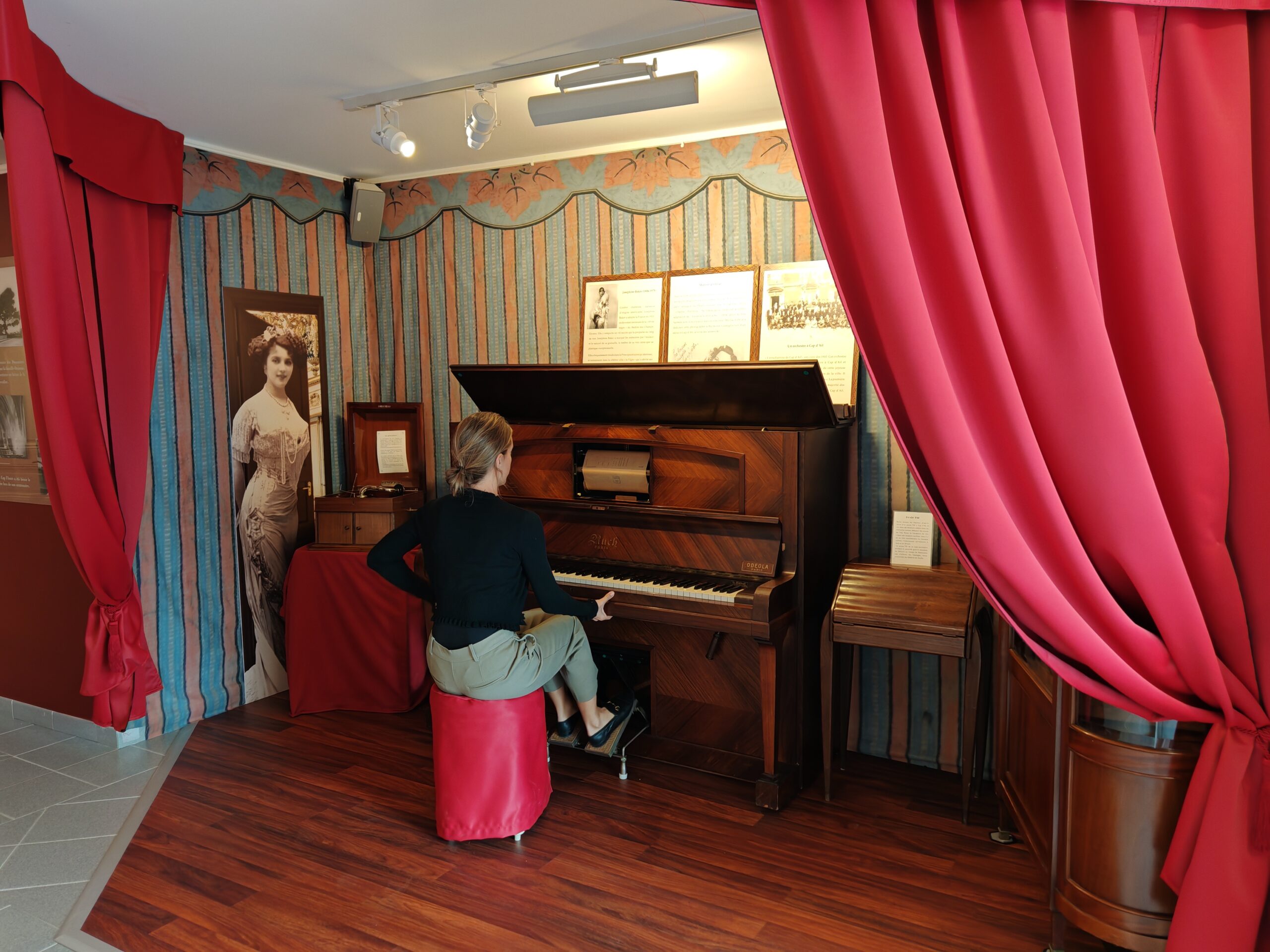
Famous Figures in Cap d’Ail
Photographs showcase notable visitors to Cap d’Ail. The town was a luxurious winter retreat for European aristocracy, even before Cap d’Ail officially became a commune in 1909.
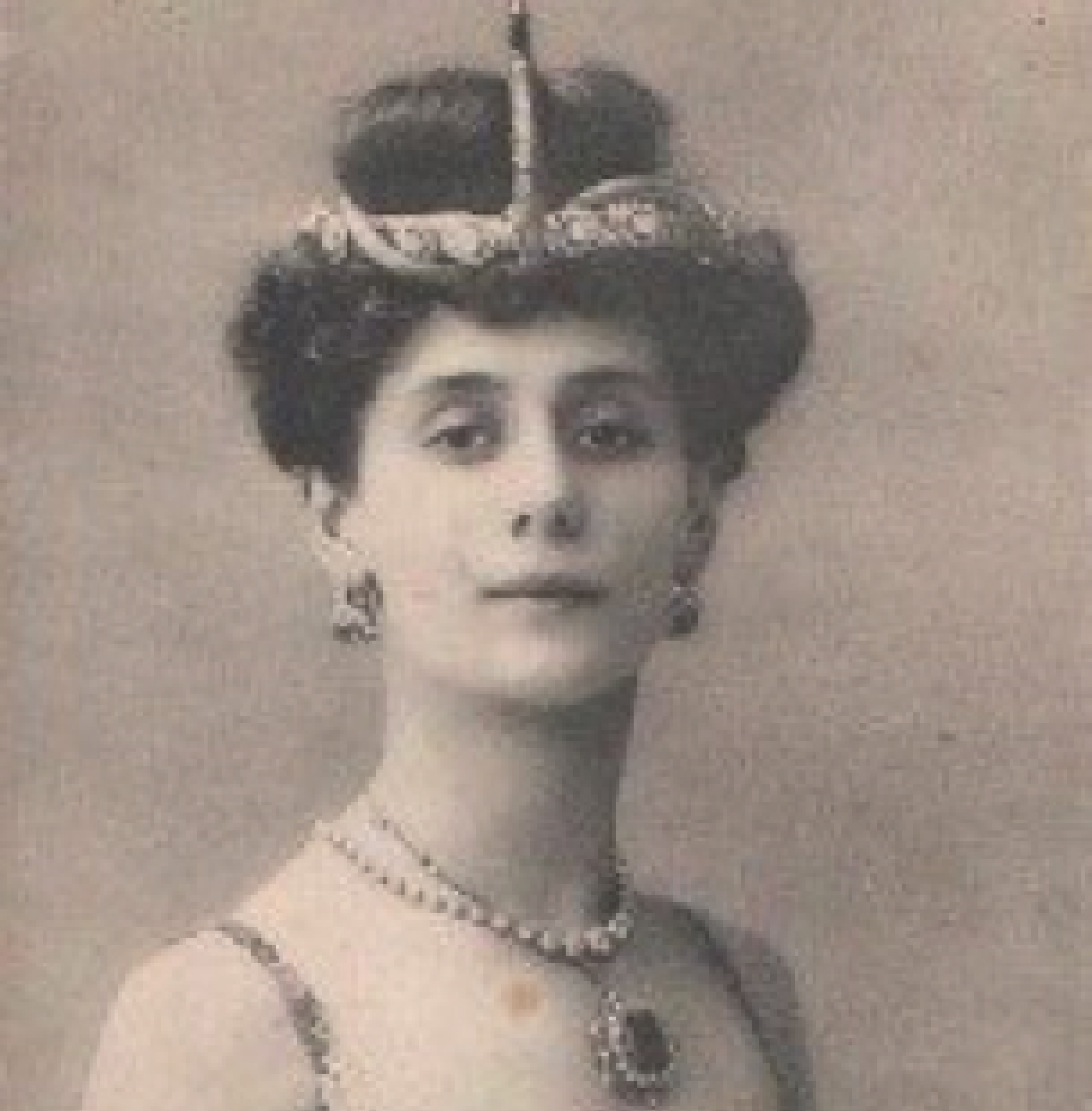
Mathilde Kschessinska
1872 – 1971
A prima ballerina of the Russian Ballets, who later became a Russian princess. She lived in Cap d’Ail in two houses, “El Suem” and “Alam”.

Jean Cocteau
1889 – 1963
A French artistic genius with multiple talents, he attended a performance of a play by García Lorca, staged by students. This event inspired the idea of an open-air theater, designed by Jean Cocteau and adorned with mosaics and sculptures.
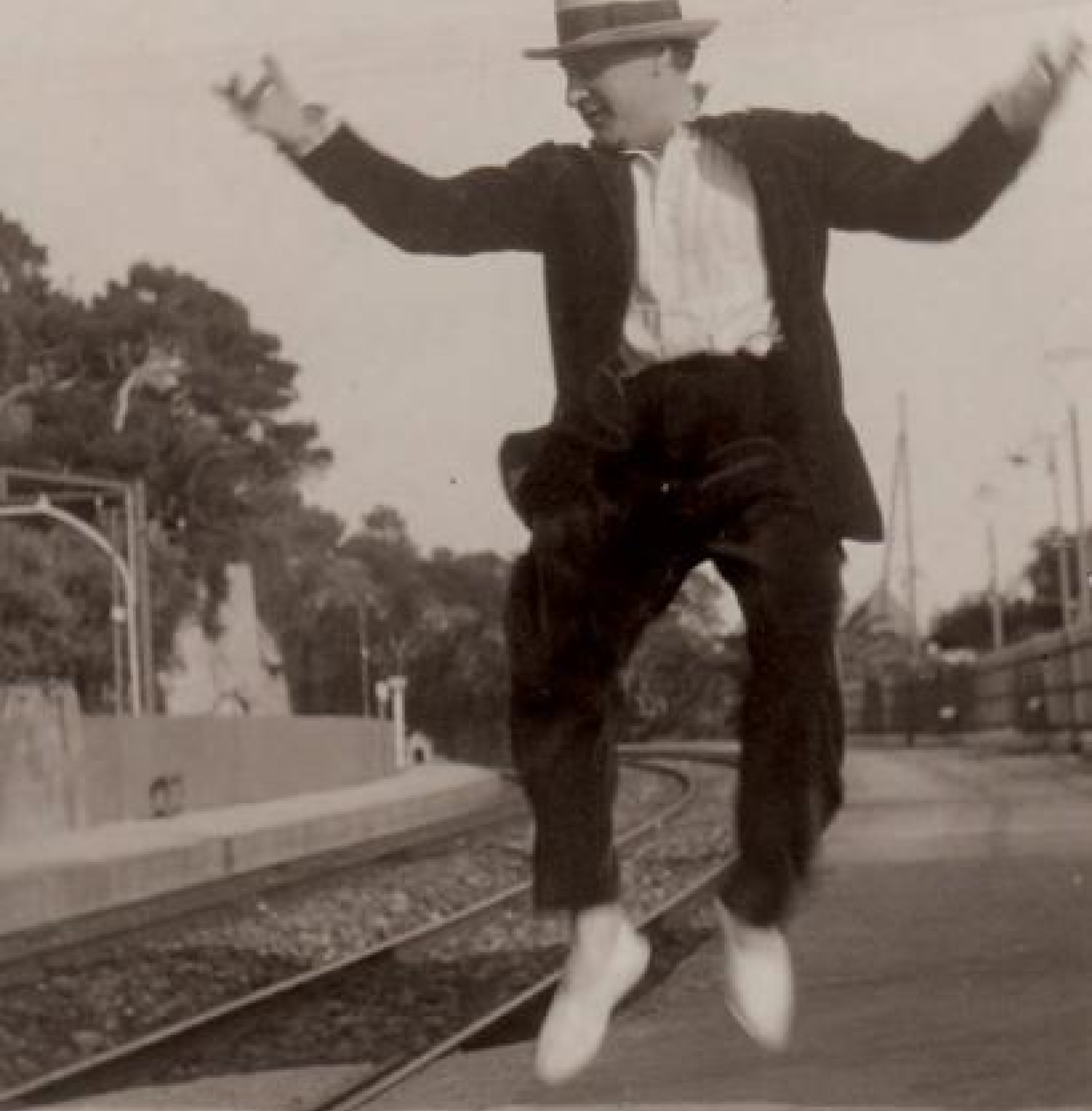
Sacha Guitry
1885 – 1957
Born Alexandre Guitry, known by his stage name Sacha Guitry, he was a prolific playwright. He was among the first property owners in Cap d’Ail, where he welcomed his successive wives at Villa Gioia Mia, including Yvonne Printemps and Lana Marconi.

Sir Washington Churchill
1874 – 1965
A frequent visitor to Villa Capponcina, where he stayed with friends, he was later named honorary mayor of the town. An avenue in Cap d’Ail now bears his name.

Mathilde Kschessinska
A prima ballerina of the Russian Ballets, who later became a Russian princess. She lived in Cap d’Ail in two houses, “El Suem” and “Alam”.
Mathilde Kschessinska
1872 – 1971

Jean Cocteau
A French artistic genius with multiple talents, he attended a performance of a play by García Lorca, staged by students. This event inspired the idea of an open-air theater, designed by Jean Cocteau and adorned with mosaics and sculptures.
Jean Cocteau
1889 – 1963

Sacha Guitry
Born Alexandre Guitry, known by his stage name Sacha Guitry, he was a prolific playwright. He was among the first property owners in Cap d’Ail, where he welcomed his successive wives at Villa Gioia Mia, including Yvonne Printemps and Lana Marconi.
Sacha Guitry
1885 – 1957

Sir Winston Churchill
A frequent visitor to Villa Capponcina, where he stayed with friends, he was later named honorary mayor of the town. An avenue in Cap d’Ail now bears his name.
Sir Washington Churchill
1874 – 1965
1908: The Official Birth of Cap d'Ail
In 1908, Cap d’Ail officially became a commune, following a decree published in the Journal Officiel on December 31, 1908. Public services were then established, including a gendarmerie to maintain order in this once-isolated area, a Post & Telecommunications Office, a public market for the construction of a Town Hall, and a boys’ school, which was soon followed by a girls’ school. This marked the official birth of the town.
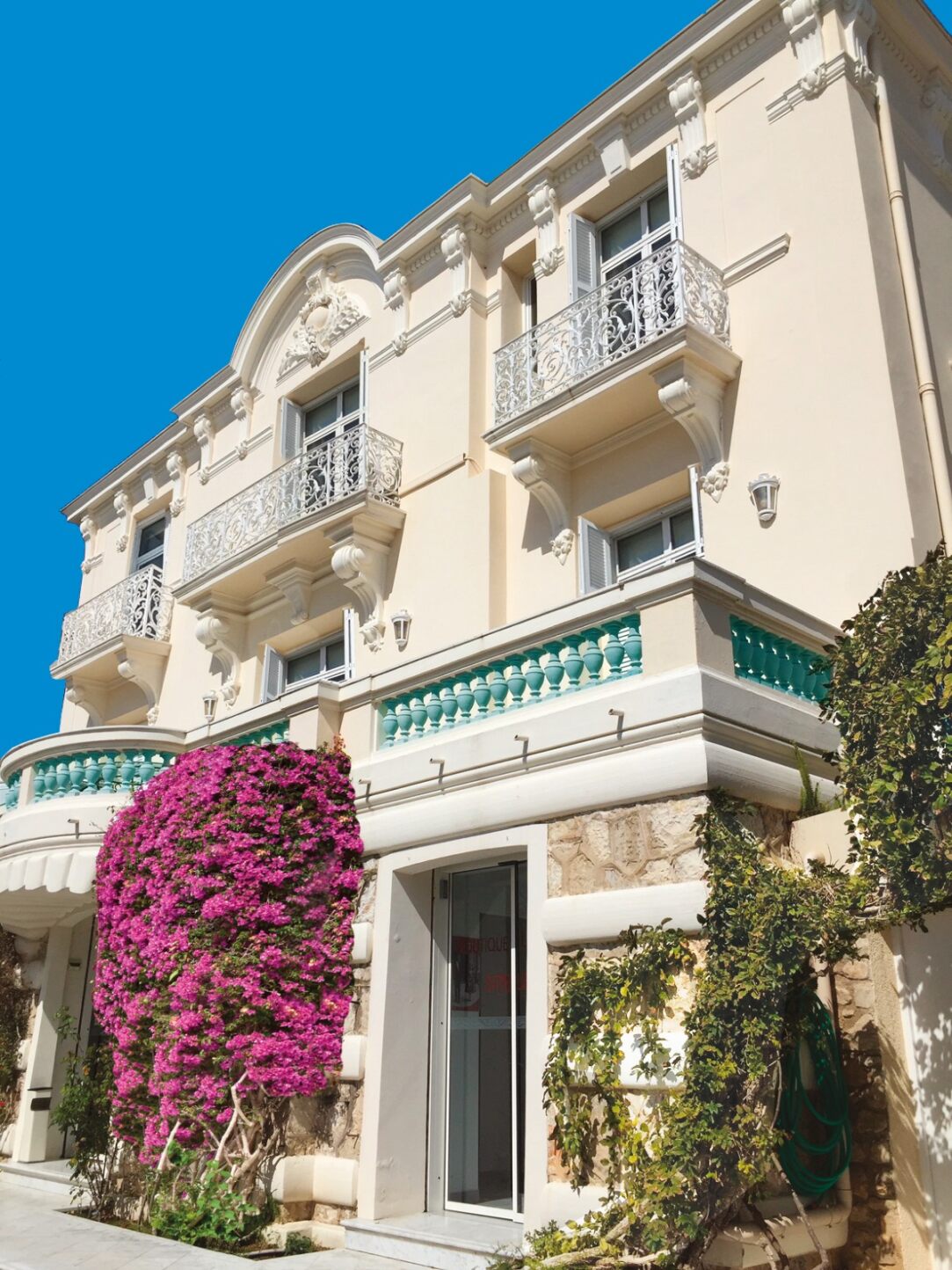
Belle Époque Villa
Villa Les Camélias is a Belle Époque building that bears witness to Cap d’Ail’s prestigious past. The garden level, with its panoramic sea view, is dedicated to the town’s unique history. The upper floors house an exceptional collection of paintings, drawings, and enamels by Basque painter Ramiro Arrue.
Practical Information
Museum & Bookstore Opening Hours
April 1 – October 31
Tuesday to Friday
9:30 AM – 12:30 PM / 2:00 PM – 6:00 PM
Last admission: 30 minutes before closing.
Sunday
11:00 AM – 6:00 PM
Last admission: 30 minutes before closing.
Closed on Monday and Saturday
November 1 – March 31
Tuesday to Friday
9:30 AM – 12:00 PM / 1:30 PM – 4:30 PM
Last admission: 30 minutes before closing.
Sunday
10:00 AM – 4:00 PM
Last admission: 30 minutes before closing.
Closed on Monday and Saturday
Admission Fees & Access
Free for children under 12
Full price: €9
Reduced price: €5 (students, ages 13-18, seniors 60+)
Groups (reservation required): €5 per person (groups of 5+)
School visits: upon request
Credit cards accepted
17 Avenue Raymond Gramaglia
06320 Cap d’Ail
SNCF Train Station: Cap d’Ail stop, 200m away
Bus lines:
- Line 600 Nice-Monaco-Menton: Beaverbrook stop
- Line 79 Les Genêts-Gare SNCF-Savorani H: Bois Joli stop
Wheelchair ramp available upon request

